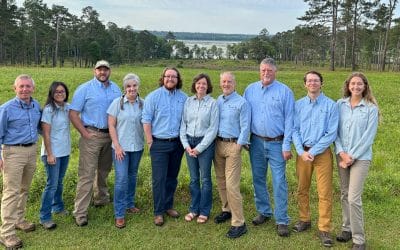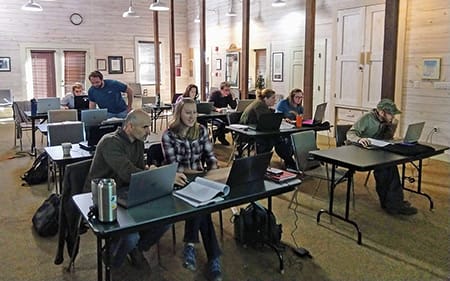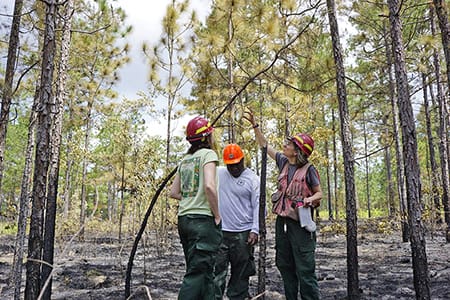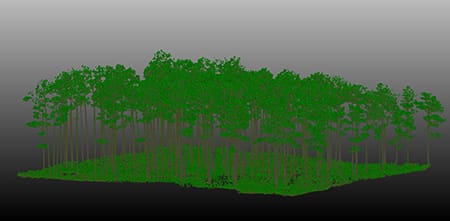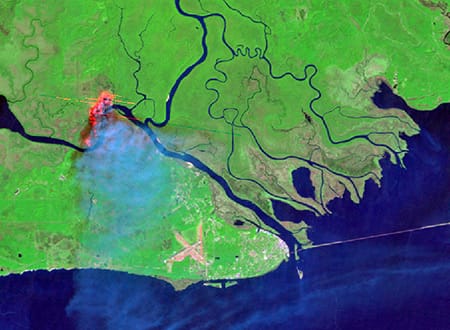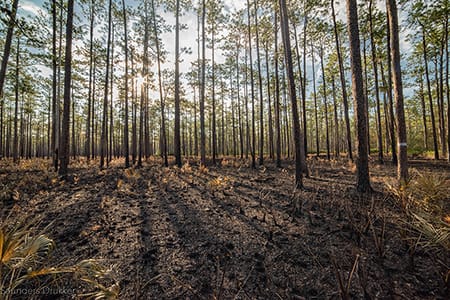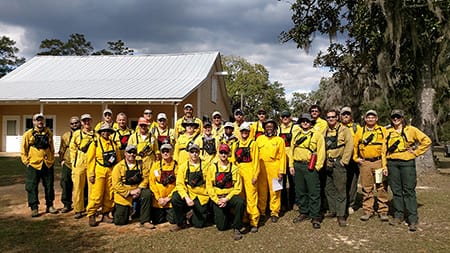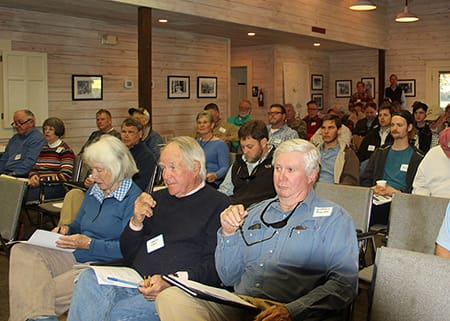Quail hunting is not only a time-honored tradition in the Red Hills, it contributes millions of dollars to local economies across the entire region.
Since 2013, Tall Timbers has documented and highlighted the important relationship between hunting properties in the region and their contributions to rural communities where sportsmen and women spend their money.
The data compiled in the 2023 Economic Impact of the Red Hills Region Quail Hunting Lands report shows that hunting properties in the region contributed $231.7 million to the local economy. The data collected anonymously from landowners has demonstrated that the regional hunting
economy has only continued to grow over time.
Our 2018 report found that the total economic output was $194.1 million, an increase from our first such report in 2013, which found a total economic impact of $147.1 million. Over the last 12 years, the economic impact of local hunting properties has grown by 57%, far outpacing the rate of national inflation during that same time period.
These results also provide a window into the growth of the vast job market connected to managing, operating and hunting bobwhite quail over the last decade.
Since our 2013 survey in which 987 jobs were directly connected to hunting properties, employment has steadily risen and now in 2023 there are 1,032 people in the workforce because of the Red Hills hunting community. However, the total workforce connected to quail hunting is even larger.
In 2023, hunting properties helped to create or support a total of 1,386 jobs in the region, including 354 indirectly related jobs, through service industries, mechanics, veterinarians and other jobs that all contribute to local economies.
When hunters come to the region to spend time in the sunny pine savannas chasing quail, they or their guests often also spend time away from the property in town, shopping, eating and patronizing local businesses.
In 2023, the tourism impact of the Red Hills hunting properties reached $9.2 million, averaging $857 per hunter. Hunting properties in the region hosted an estimated 10,789 overnight visitors during the hunting seasons of January through May and October through December.
Tall Timbers continues to update and reevaluate the economic impact of the Red Hills hunting community and the findings within this report are vital to Tall Timbers’ success in working with elected officials and policy makers at the local, state, and federal levels.
Read more about the economic impact of the Red Hills quail hunting properties, see a county- by-county break down and learn the method used to provide this economic snapshot.






